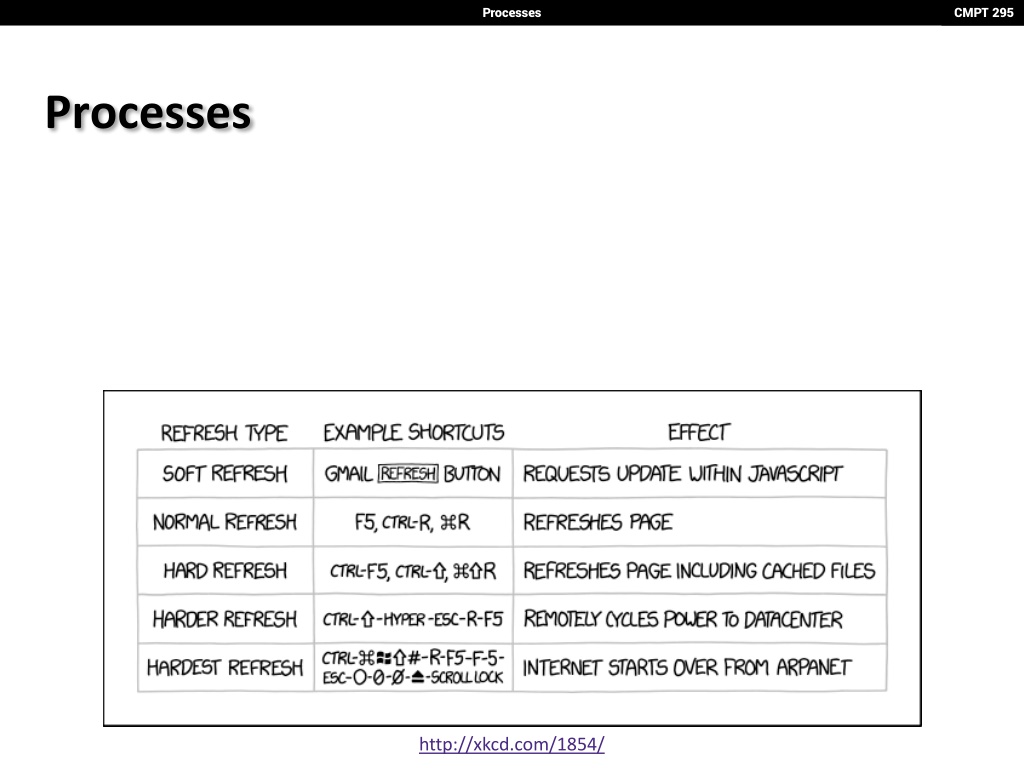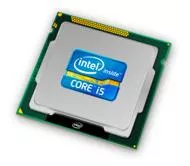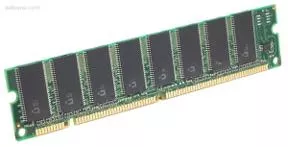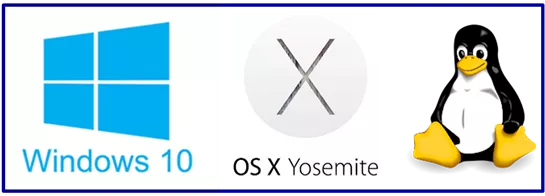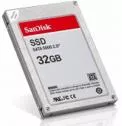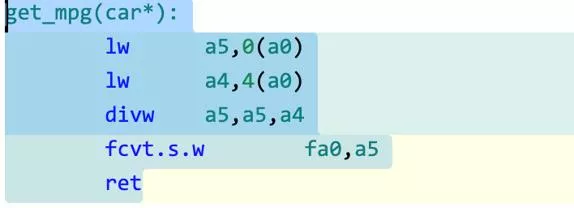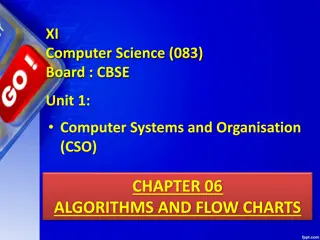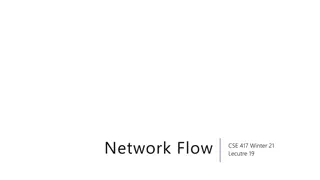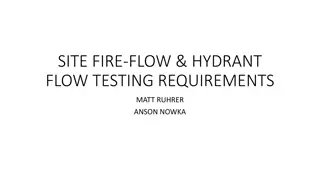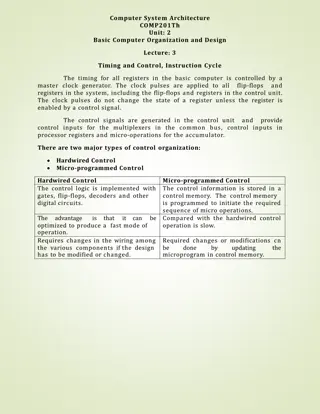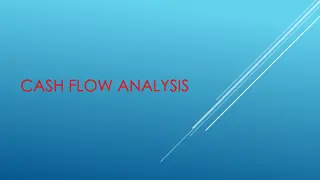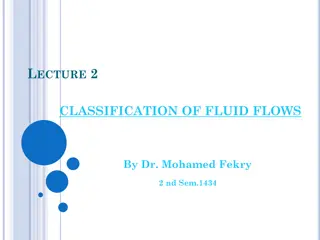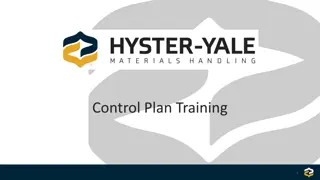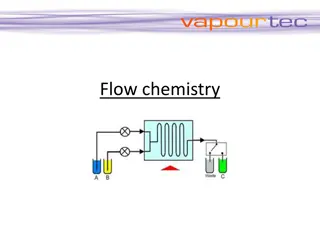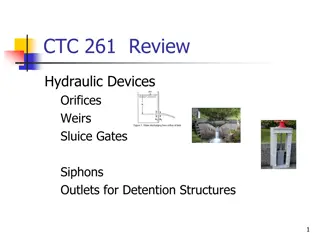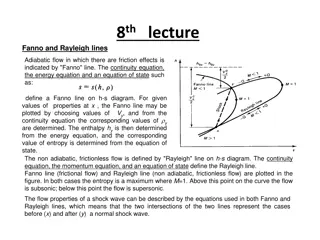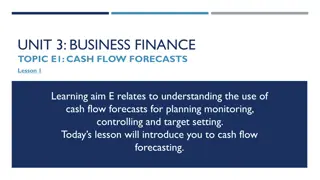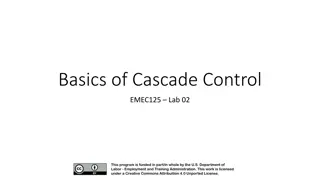Control Flow in Computer Systems
Explore the intricacies of control flow within computer systems, from the basics of processors executing instructions to handling exceptional control flow scenarios like interrupts and traps. Learn how control is transferred between processes and the operating system, the role of multi-process applications, and the importance of concurrency.
Download Presentation

Please find below an Image/Link to download the presentation.
The content on the website is provided AS IS for your information and personal use only. It may not be sold, licensed, or shared on other websites without obtaining consent from the author. Download presentation by click this link. If you encounter any issues during the download, it is possible that the publisher has removed the file from their server.
E N D
Presentation Transcript
Processes CMPT 295 Processes http://xkcd.com/1854/
Processes CMPT 295 Roadmap Memory & data Arrays & structs Integers & floats RISC V assembly Procedures & stacks Executables Memory & caches Processor Pipeline Performance Parallelism C: Java: Car c = new Car(); c.setMiles(100); c.setGals(17); float mpg = c.getMPG(); car *c = malloc(sizeof(car)); c->miles = 100; c->gals = 17; float mpg = get_mpg(c); free(c); Assembly language: OS: Machine code: 0111010000011000 100011010000010000000010 1000100111000010 110000011111101000011111 Computer system: 2
Processes CMPT 295 Leading Up to Processes System Control Flow Control flow Exceptional control flow Asynchronous exceptions (interrupts) Synchronous exceptions (traps & faults) 3
Processes CMPT 295 Control Flow So far:we ve seen how the flow of control changes as a single program executes Reality: multiple programs running concurrently How does control flow across the many components of the system? In particular: More programs running than CPUs Exceptional control flow is basic mechanism used for: Transferring control between processes and OS Handling I/O and virtual memory within the OS Implementing multi-process apps like shells and web servers Implementing concurrency 4
Processes CMPT 295 Control Flow Processors do only one thing: From startup to shutdown, a CPU simply reads and executes (interprets) a sequence of instructions, one at a time This sequence is the CPU s control flow (or flow of control) Physical control flow <startup> instr1 instr2 instr3 instrn <shutdown> time 5
Processes CMPT 295 Altering the Control Flow Up to now, two ways to change control flow: Jumps (conditional and unconditional) Call and return Both react to changes in program state Processor also needs to react to changes in system state Unix/Linux user hits Ctrl-C at the keyboard User clicks on a different application s window on the screen Data arrives from a disk or a network adapter Instruction divides by zero System timer expires Can jumps and procedure calls achieve this? No the system needs mechanisms for exceptional control flow! 6
Processes CMPT 295 Exceptional Control Flow Exists at all levels of a computer system Low level mechanisms Exceptions Change in processor s control flow in response to a system event (i.e. change in system state, user-generated interrupt) Implemented using a combination of hardware and OS software Higher level mechanisms Process context switch Implemented by OS software and hardware timer Signals Implemented by OS software We won t cover these see CMPT 300 7
Processes CMPT 295 Exceptions An exception is transfer of control to the operating system (OS) kernel in response to some event(i.e. change in processor state) Kernel is the memory-resident part of the OS Examples: division by 0, page fault, I/O request completes, Ctrl-C User Code OS Kernel Code exception event current_instr next_instr exception processing by exception handler, then: return to current_instr, return to next_instr, OR abort How does the system know where to jump to in the OS? 8
Processes CMPT 295 This is extra (non-testable) material Exception Table A jump table for exceptions (also called Interrupt Vector Table) Each type of event has a unique exception number ? ?= index into exception table (a.k.a interrupt vector) Handler ? is called each time exception ? occurs Exception Table code for exception handler 0 code for exception handler 1 0 1 2 code for exception handler 2 ... ... n-1 code for exception handler n-1 Exception numbers 9
Processes CMPT 295 This is extra (non-testable) material Exception Table (Excerpt) Exception Number Description Exception Class 0 Divide error Fault 13 General protection fault Fault 14 Page fault Fault 18 Machine check Abort 32-255 OS-defined Interrupt or trap 10
Processes CMPT 295 Leading Up to Processes System Control Flow Control flow Exceptional control flow Asynchronous exceptions (interrupts) Synchronous exceptions (traps & faults) 11
Processes CMPT 295 Asynchronous Exceptions (Interrupts) Caused by events external to the processor Indicated by setting the processor s interrupt pin(s) (wire into CPU) After interrupt handler runs, the handler returns to next instruction Examples: I/O interrupts Hitting Ctrl-C on the keyboard Clicking a mouse button or tapping a touchscreen Arrival of a packet from a network Arrival of data from a disk Timer interrupt Every few milliseconds, an external timer chip triggers an interrupt Used by the OS kernel to take back control from user programs 12
Processes CMPT 295 Synchronous Exceptions Caused by events that occur as a result of executing an instruction: Traps Intentional: transfer control to OS to perform some function Examples: system calls, breakpoint traps, special instructions Returns control to next instruction Faults Unintentional but possibly recoverable Examples: page faults, segment protection faults, integer divide-by-zero exceptions Either re-executes faulting ( current ) instruction or aborts Aborts Unintentional and unrecoverable Examples: parity error, machine check (hardware failure detected) Aborts current program 13
Processes CMPT 295 Summary Exceptions Events that require non-standard control flow Generated externally (interrupts) or internally (traps and faults) After an exception is handled, one of three things may happen: Re-execute the current instruction Resume execution with the next instruction Abort the process that caused the exception 14
Processes CMPT 295 Processes Processes and context switching Creating new processes fork(), exec*(), and wait() Zombies 15
Processes CMPT 295 What is a process? It s an illusion! Process 1 Memory Stack Heap Data Code CPU %rip Registers Disk Chrome.exe 16
Processes CMPT 295 What is a process? Another abstraction in our computer system Provided by the OS OS uses a data structure to represent each process Maintains the interface between the program and the underlying hardware (CPU + memory) What do processes have to do with exceptional control flow? Exceptional control flow is the mechanism the OS uses to enable multiple processes to run on the same system What is the difference between: A processor? A program? A process? 17
Processes CMPT 295 Processes A process is an instance of a running program One of the most profound ideas in computer science Not the same as program or processor Process provides each program with two key abstractions: Logical control flow Memory Stack Heap Data Each program seems to have exclusive use of the CPU Provided by kernel mechanism called context switching Private address space Code CPU Each program seems to have exclusive use of main memory Registers Provided by kernel mechanism called virtual memory 18
Processes CMPT 295 What is a process? It s an illusion! Computer Process 3 Memory Process 2 Stack Heap Data Memory Process 4 Code Process 1 Stack Heap Data CPU Memory Memory Code Registers Stack Heap Data Stack Heap Data CPU Code Registers Code CPU CPU Registers Registers CPU Disk /Applications/ Chrome.exe Slack.exe PowerPoint.exe 19
Processes CMPT 295 What is a process? It s an illusion! Computer Process 3 Memory Process 2 Stack Heap Data Memory Process 4 Code Process 1 Stack Heap Data CPU Memory Memory Code Registers Stack Heap Data Stack Heap Data CPU Code Registers Code CPU CPU Registers Registers Operating System CPU Disk /Applications/ Chrome.exe Slack.exe PowerPoint.exe 20
Processes CMPT 295 Multiprocessing: The Illusion Memory Memory Memory Stack Heap Data Stack Heap Data Stack Heap Data Code Code Code CPU CPU CPU Registers Registers Registers Computer runs many processes simultaneously Applications for one or more users Web browsers, email clients, editors, Background tasks Monitoring network & I/O devices 21
Processes CMPT 295 Multiprocessing: The Reality Memory Stack Stack Stack Heap Data Heap Data Heap Data Code Code Code Saved registers Saved registers Saved registers CPU Registers Single processor executes multiple processes concurrently Process executions interleaved, CPU runs one at a time Address spaces managed by virtual memory system (later in course) Execution context (register values, stack, ) for other processes saved in memory 22
Processes CMPT 295 Multiprocessing Memory Stack Stack Stack Heap Data Heap Data Heap Data Code Code Code Saved registers Saved registers Saved registers CPU Registers Context switch 1) Save current registers in memory 23
Processes CMPT 295 Multiprocessing Memory Stack Stack Stack Heap Data Heap Data Heap Data Code Code Code Saved registers Saved registers Saved registers CPU Registers Context switch 1) Save current registers in memory 2) Schedule next process for execution 24
Processes CMPT 295 Multiprocessing Memory Stack Stack Stack Heap Data Heap Data Heap Data Code Code Code Saved registers Saved registers Saved registers CPU Registers Context switch 1) Save current registers in memory 2) Schedule next process for execution 3) Load saved registers and switch address space 25
Processes CMPT 295 Multiprocessing: The (Modern) Reality Memory Stack Stack Stack Heap Data Heap Data Heap Data Code Code Code Saved registers Saved registers Saved registers CPU CPU Multicore processors Multiple CPUs ( cores ) on single chip Share main memory (and some of the caches) Each can execute a separate process Registers Registers Kernel schedules processes to cores Still constantly swapping processes 26
